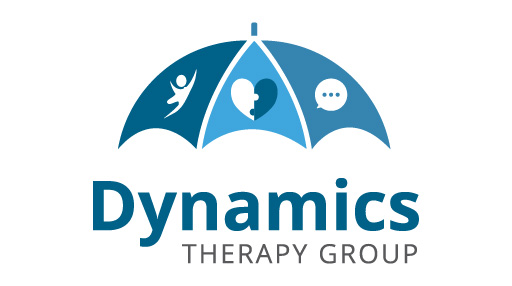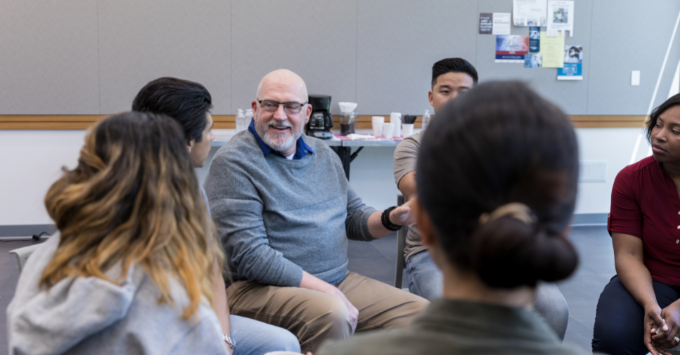
Videofluoroscopic Swallowing Study (VFSS) and Fiberoptic Endoscopic Evaluation of Swallowing (FEES) are procedures to examine the swallowing function of an individual in more detail, when clinical evaluation of swallowing cannot sufficiently or accurately guide the management of dysphagia. This can occur in the following situations (non-exhaustive):
- Where silent aspiration (the ingestion of food/fluids into the airway without any symptoms) is suspected
- The individual’s signs and symptoms presented is inconsistent with findings during clinical evaluation of swallowing
- A more detailed assessment is required to guide swallow rehabilitation planning
- Assisting in the confirmation of a differential diagnosis
The VFSS is a radiological investigation using fluoroscopic images that are viewed in real time, or more simply known as a “Swallowing X-ray”. The radiographic field includes the oral cavity (mouth), pharynx and larynx (throat), and the upper esophagus. The anatomical structures of the mouth and throat can also be visualized, and allow the speech therapist and radiologist involved in the procedure to pick up any structural abnormalities that may impede in the swallow function of the individual.
VFSS Procedure
1. Clients are positioned next to a fluoroscopic tube (similar to an X-ray machine)
2. Clients are directed to eat food and drink mixed with barium by ST
3. Images are recorded for interpretation
VFSS can be recommended by the speech therapist to:
· Determine swallow safety and efficiency
· Identify and trial the effects of using compensatory strategies (e.g., postural modification)
· Determine an appropriate diet and fluid consistency
· Assist in the planning of dysphagia rehabilitation
· Assist in patient education
· Have real time visualisation of the path of ingested food and fluids, including ascertaining the presence of esophageal issues
FEES is a procedure in which a fiberoptic endoscope is passed through the nasal cavity and into the pharynx (throat). This helps to provide a direct view of the structures of the throat, and allow visualization of how the muscles of the throat work together throughout the swallowing process.
FEES Procedure
1. Endoscope is passed through the nose and into the throat
2. A variety of food and drink are presented to the client to try under fiberoptic observation
FEES can be recommended by the Speech Therapist:
· Determine swallow safety and efficiency
· Identify and trial the effects of using compensatory strategies
· Determine an appropriate diet and fluid consistency
· Assist in the planning of dysphagia rehabilitation
· To make direct observation of the anatomical structures and muscles in your throat involved in swallowing
· To make a judgment regarding secretion management
· Where the instrumental assessment needs to be accessible and portable due to difficulties with transporting the individual to a radiology suite due to severe mobility issues or postural challenges
There are guidelines in determining the more suitable procedure, as well as contraindications to consider. The speech therapist will be able to provide advice on which is the more suitable procedure for an individual if indicated during the management of dysphagia.
Author: Leong Huimin, Speech Therapist




